Endodontic Retreatment
Why Is Endodontic Retreatment Necessary?
With the appropriate care, teeth that have undergone endodontic treatment can last as long as natural teeth. However, in some cases, a tooth may not heal properly, or pain may persist after treatment. Sometimes, discomfort may arise months or even years later, indicating the need for endodontic retreatment.
Several factors can contribute to improper healing, including:
- Curved or narrow canals that were not treated during the initial procedure
- Complicated canals that went undetected
- Delayed placement of a crown or restoration
- A restoration that did not prevent saliva from contaminating the inside of the tooth
What Happens During Retreatment?
If retreatment is necessary, the doctor will reopen the tooth to access the root canal filling material. This material will be removed to allow a thorough cleaning of the root canals. The doctor will then carefully examine the inside of the tooth to identify any additional issues.
Once the canals are cleaned, they will be refilled and sealed, and a temporary filling will be placed. A follow-up visit with your dentist is essential to restore full functionality by placing a new crown or permanent restoration.
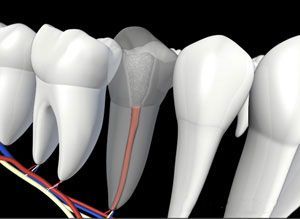
Inflamed Tissue
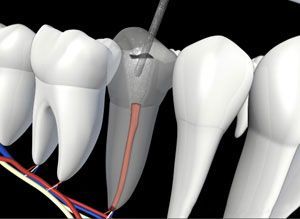
Filling Removed
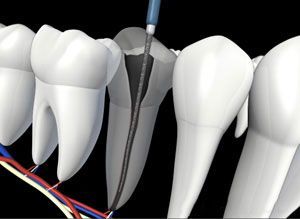
Canals Cleaned
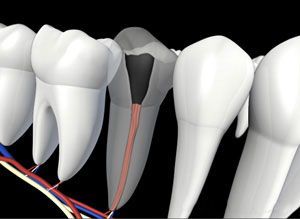
Root Material Placed

Filling Restored
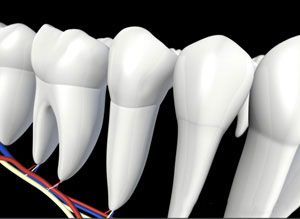
Healed Tooth
Potential Complications After Treatment
Although endodontic retreatment has a high success rate, new problems may develop, affecting previously treated teeth:
- New decay can expose the root canal filling, leading to reinfection.
- A cracked or loose filling or crown can allow bacteria to enter the tooth.
If left untreated, these issues can compromise the tooth’s structure and require further intervention.
Endodontic Surgery as an Alternative
In some cases, endodontic surgery may be recommended if retreatment is not sufficient. Surgery can help locate fractures or hidden canals that are not visible on X-rays but cause persistent pain. The most common surgical procedure is an apicoectomy, or root-end resection.
During this procedure:
- An incision is made in the gum tissue to expose the bone and inflamed tissue.
- The damaged tissue is removed, along with the end of the root tip.
- A root-end filling is placed to prevent reinfection, and the gum is sutured.
- The bone naturally heals around the root over several months, restoring full function.
Following the procedure, slight swelling or discomfort is normal during the healing process. Pain medication may be recommended for relief. If pain persists despite medication, please contact our office for further evaluation.

